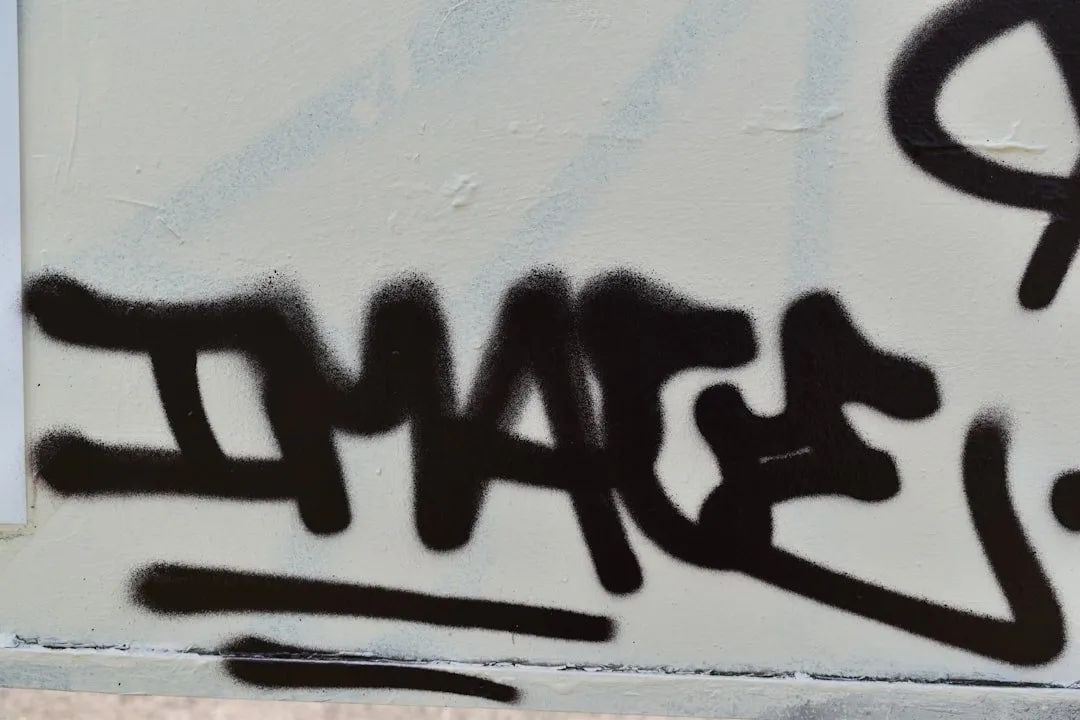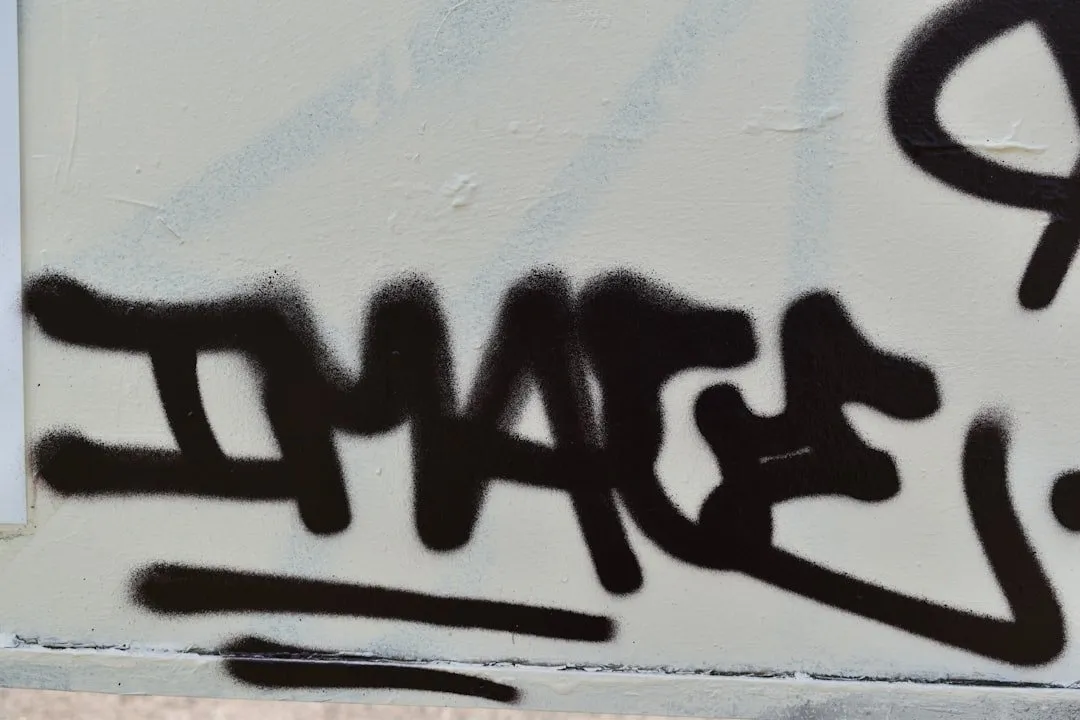Discovering Malaysian Kratom Buds: Pronunciation & Effects

Malaysian Kratom Buds, derived from Mitragyna speciosa, offer potent herbal remedies with psychoacti…….
In the complex web of global botanical practices, one plant stands out for its unique historical journey and evolving perception—Mitragyna speciosa, commonly known as Kratom. This article delves into a specific yet often overlooked aspect of this ancient herb: its pronunciation. “Mitragyna speciosa pronunciation” is not merely an academic concern but holds significant implications for the global botanical industry, healthcare, and cultural heritage. This in-depth analysis aims to explore the historical evolution of its name, its linguistic nuances, and the far-reaching effects these factors have on its international trade, acceptance, and research. By understanding the art and science behind pronouncing this plant correctly, we can gain valuable insights into its global impact and ensure its proper representation across disciplines.
Mitragyna speciosa is a tropical tree native to Southeast Asia, known for its medicinal properties and psychotropic effects when consumed. The pronunciation of its botanical name is a fascinating linguistic journey in itself. Break it down into its components:
Historically, the name Mitragyna speciosa was assigned by botanists to classify and categorize this species within the Mitragyna genus. However, the pronunciation has evolved over time, especially as it transcended scientific circles and entered popular culture, leading to variations in how different communities and regions articulate it. The standard botanical pronunciation is roughly pronounced as “mee-trah-gee-na spee-see-oh-sa.”
The global impact of Mitragyna speciosa, or Kratom, extends far beyond its geographical origins in Southeast Asia. Its unique properties have sparked international interest, leading to a surge in demand and diverse applications:
| Region | Impact and Trends |
|---|---|
| Southeast Asia | Native to countries like Thailand, Malaysia, and Indonesia, Kratom has been traditionally used for centuries. Today, it continues to be a significant cultural and medicinal herb, with local farmers cultivating and exporting it globally. |
| United States | The US market is one of the largest importers of Kratom, primarily driven by its growing acceptance as a natural alternative for pain management and opioid withdrawal. Online sales and diverse product forms (e.g., capsules, powders) have fueled its popularity. |
| Europe | European countries like Germany and the UK have embraced Kratom for its potential therapeutic benefits. Regulatory frameworks vary across EU nations, with some allowing limited sales for specific medical purposes. |
| Australia | With a robust botanical industry, Australia has seen the rise of local kratom brands offering high-quality products. It is primarily used as an alternative therapy and for recreational purposes. |
| Japan and South Korea | These countries are witnessing a growing trend of incorporating Kratom into wellness routines, with a focus on its stress-relieving and energy-boosting properties. |
The global Kratom market is characterized by rapid growth, diverse product innovations, and changing consumer preferences. As more people discover its benefits, the demand for accurate pronunciation to ensure proper identification and quality control becomes increasingly crucial.
The economic landscape surrounding Mitragyna speciosa is dynamic and multifaceted, involving various sectors and stakeholders:
Technology has revolutionized the way we interact with botanical knowledge and products, and Mitragyna speciosa is no exception. Several technological advancements have shaped the Kratom industry:
The legal status of Mitragyna speciosa varies widely across countries, presenting both opportunities and challenges for its global trade and acceptance:
| Country | Regulatory Framework |
|---|---|
| United States | Federal law classifies Kratom as a Schedule I controlled substance, making it illegal to sell or possess without a prescription. However, some states have passed legislation allowing limited medical use. |
| United Kingdom | The UK lists Kratom as a Class B drug, but there are exceptions for low-potency forms used for specific medicinal purposes. |
| Australia | Kratom is considered a Schedule 4 substance, requiring a prescription from a registered healthcare professional. |
| Thailand | As the native country, Thailand has strict regulations regarding Kratom cultivation and export, reflecting cultural and historical sensitivities. |
| Germany | Kratom is legal but regulated, with restrictions on marketing and sales to protect public health. |
Navigating these policies is crucial for businesses, researchers, and consumers alike. Accurate documentation and transparency in product sourcing are essential to ensure compliance and maintain a positive perception of Mitragyna speciosa.
Despite its growing popularity, Mitragyna speciosa pronunciation and its associated practices face several challenges and criticisms:
Thailand, as the native habitat of Mitragyna speciosa, has a rich history of integrating Kratom into traditional medicine practices. Local communities have used it for centuries to treat various ailments, from minor injuries to chronic pain. Today, Thailand continues this tradition while also embracing modern advancements in botanical research. By combining ancient wisdom with scientific rigor, Thai practitioners offer valuable insights into the plant’s efficacy and safe usage, ensuring its positive impact on global health.
The ongoing opioid crisis in the United States has prompted many individuals to seek alternative solutions for pain management. Kratom has gained attention as a natural option, with some studies suggesting its potential in mitigating withdrawal symptoms and reducing opioid use. However, it is essential to note that clinical research is still evolving, and responsible use under professional supervision is crucial. This case study highlights the plant’s promise but also underscores the need for further scientific exploration and regulatory clarity.
The future of Mitragyna speciosa pronunciation and its associated industries holds immense potential, shaped by emerging trends and strategic considerations:
Mitragyna speciosa pronunciation is not merely a linguistic exercise but a gateway to understanding a complex botanical species with profound cultural and economic implications. This article has explored the historical, global, and scientific dimensions of this remarkable plant, revealing its impact on medicine, trade, and society. As we move forward, embracing accurate pronunciation and fostering open dialogue will be essential to unlocking Mitragyna speciosa’s full potential while ensuring its responsible integration into various disciplines worldwide.
Q: How does the pronunciation of Mitragyna speciosa vary across different regions?
A: Pronunciation can differ slightly, but the standard botanical rendition is roughly “mee-trah-gee-na spee-see-oh-sa.” Regional accents and dialects may introduce subtle variations.
Q: Is Kratom legal worldwide?
A: No, its legal status varies widely across countries. Some nations have strict prohibitions, while others allow limited medical or recreational use. It’s crucial to check local regulations before purchasing or consuming Kratom.
Q: What are the primary benefits of Mitragyna speciosa?
A: Kratom is known for its potential pain-relieving, mood-enhancing, and energy-boosting effects. Traditional users also value it for its stimulatory properties and as a natural alternative to opioids.
Q: How can I ensure the quality and safety of Kratom products?
A: Look for reputable suppliers who offer third-party lab testing and transparent product documentation. Always check legal status and consult healthcare professionals for guidance.
Q: Is there any research supporting Mitragyna speciosa’s medicinal claims?
A: Scientific research is ongoing, with studies exploring its analgesic, anti-inflammatory, and potential opioid withdrawal benefits. However, more clinical trials are needed to fully understand its therapeutic value.

Malaysian Kratom Buds, derived from Mitragyna speciosa, offer potent herbal remedies with psychoacti…….

Unleash athletic potential with Kratom (Mitragyna speciosa), a natural herb enhancing endurance and…….

Mitragyna speciosa (Kratom) is a tropical herb with historical use in Southeast Asian medicine. Its…….

Bali Kratom capsules offer a convenient way to consume Mitragyna Speciosa (kratom), providing pain r…….

Mitragyna Speciosa (Kratom) is a Southeast Asian plant with historical use in traditional medicine……..

Mitragyna speciosa, known as Kratom, is a Southeast Asian herb with compounds that interact with opi…….

Kratom (Mitragyna speciosa) enhances athletic performance by boosting energy and focus through its i…….

Maeng Da Kratom Powder, a popular Southeast Asian variety of Mitragyna speciosa, offers intense effe…….

Red Vein Kratom capsules, from the plant Mitragyna speciosa, offer therapeutic benefits like relaxat…….

Mitragyna speciosa (kratom) is a Southeast Asian herb enhancing athletic performance with pain relie…….

Every fitness journey is unique, requiring personalized plans based on individual needs, goals, and…….

Bali kratom capsules offer a controlled way to consume Mitragyna speciosa, providing pain relief and…….

Mitragyna speciosa, commonly known as Kratom, is a Southeast Asian plant renowned for its cognitive-…….

Muscle soreness after exercise (DOMS) stems from muscle fiber damage. Mitragyna speciosa, a plant ex…….

Mitragyna speciosa (kratom) is a Southeast Asian herb with ancient cultural significance and potenti…….

Mitragyna speciosa, known as kratom, is an ancient herb with medicinal properties that enhances athl…….

Kratom (Mitragyna speciosa) is a natural herb from Southeast Asia used in traditional medicine for c…….

Mitragyna speciosa (Kratom) is a Southeast Asian herb with historical traditional medicinal use, off…….

Accurate pronunciation of mitragyna speciosa (kratom) is key to navigating its therapeutic potential…….

Muscle soreness, particularly delayed onset muscle soreness (DOMS), is a common post-workout issue c…….

Mitragyna speciosa, known as kratom, is a Southeast Asian herb with specific pronunciation (mit-ra-g…….

Mitragyna speciosa (kratom) is a Southeast Asian herb with powerful therapeutic effects, offering na…….

Personalized training plans, led by certified experts, offer a transformative fitness approach that…….

Super Green Malay Kratom Powder, a popular strain of Mitragyna speciosa native to Southeast Asia, is…….

Kratom (Mitragyna speciosa), a Southeast Asian tree, offers medicinal benefits due to alkaloids like…….

Red Vein Kratom capsules, derived from Mitragyna speciosa (kratom) trees native to Southeast Asia, o…….

Mitragyna speciosa, or Kratom, is a natural tree from Southeast Asia with therapeutic potential in a…….

Mitragyna Speciosa (kratom) is a natural herb from Southeast Asia, used for centuries to enhance phy…….

Red Vein Kratom, derived from the tropical Mitragyna speciosa plant native to Southeast Asia, offers…….

Kratom (Mitragyna speciosa), a Southeast Asian herb, boosts physical endurance through its active co…….

Mitragyna speciosa, or kratom, is a Southeast Asian herb renowned for its potential joint pain relie…….

Yellow Vein Kratom Powder, a specialized form of Mitragyna speciosa, offers unique medicinal propert…….

Athletic performance can be enhanced by Mitragyna Speciosa (Kratom), a natural herb that boosts endu…….

Thai Kratom Powder, derived from the Mitragyna speciosa plant, is a popular and culturally significa…….

Kratom (Mitragyna speciosa) is a Southeast Asian tree with leaves used for traditional medicine due…….

Mitragyna Speciosa (Kratom) is a Southeast Asian tree with medicinal leaves containing alkaloids lik…….

Kratom (Mitragyna speciosa) offers natural relief from opioid withdrawal symptoms through its alkalo…….

Mitragyna speciosa, or Kratom, is a Southeast Asian tree known for its medicinal uses and stimulator…….

Super Green Malay Kratom Powder, a potent strain of Mitragyna speciosa, is renowned for its energizi…….

Mental toughness is crucial for athletic success, achieved through techniques like visualization and…….

Mitragyna speciosa, or Kratom, is a traditional Southeast Asian medicinal plant known for its pain-r…….

Muscle soreness after exercise (DOMS) peaks 24-48 hours post-workout, signaling muscle growth and re…….

Muscle soreness, a common exercise side effect, can be mitigated naturally with Mitragyna speciosa (…….

Mitragyna speciosa, or Kratom, is a Southeast Asian tree with traditional medicinal uses. Its leaves…….

Kratom (Mitragyna speciosa) is a Southeast Asian tree with medicinal leaves used for opiate withdraw…….

Mitragyna Speciosa, or Kratom, is a Southeast Asian tree valued for its medicinal properties and gai…….